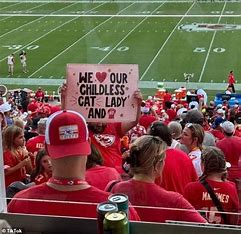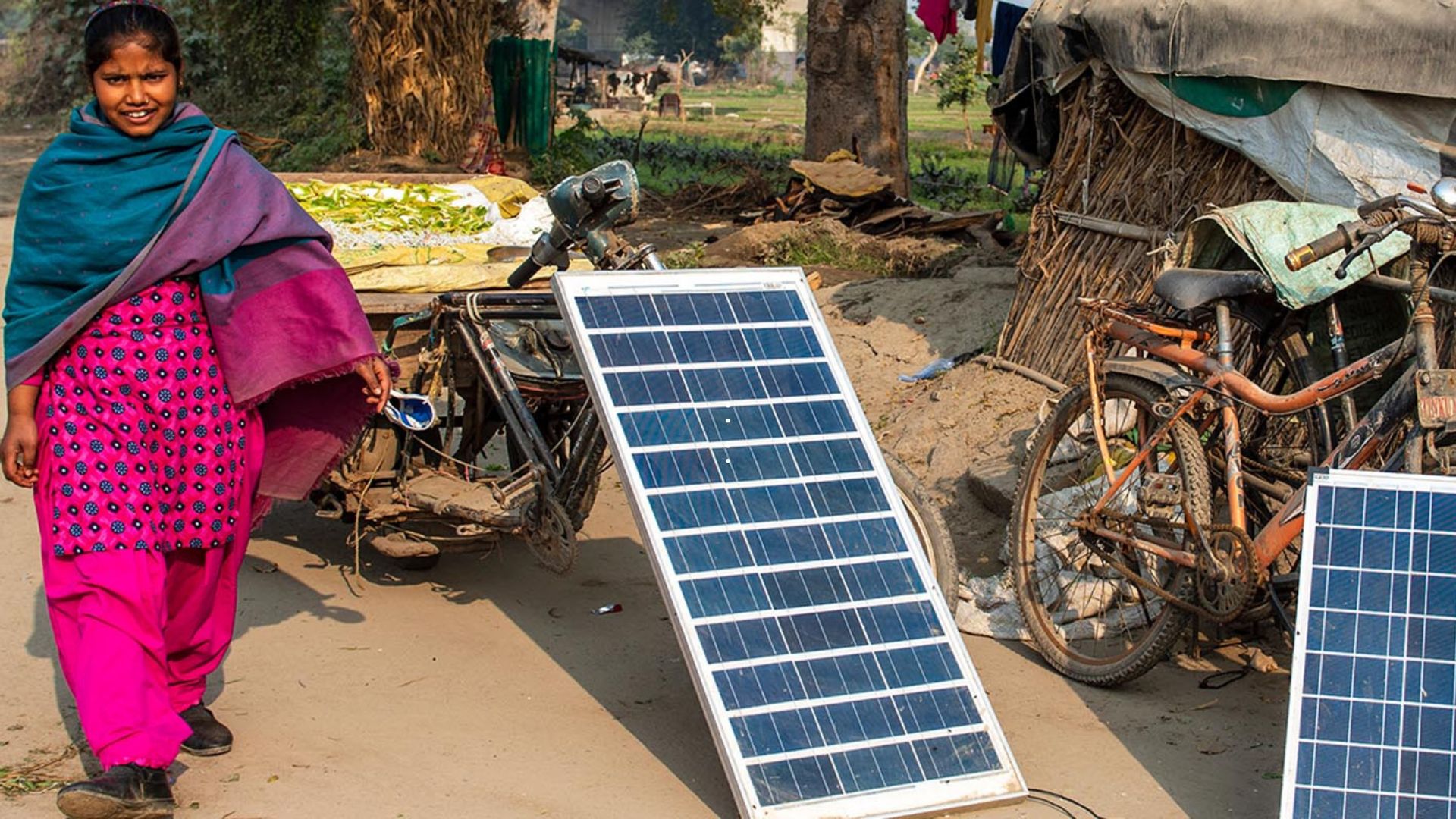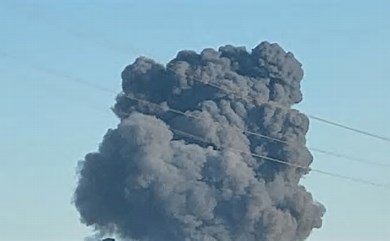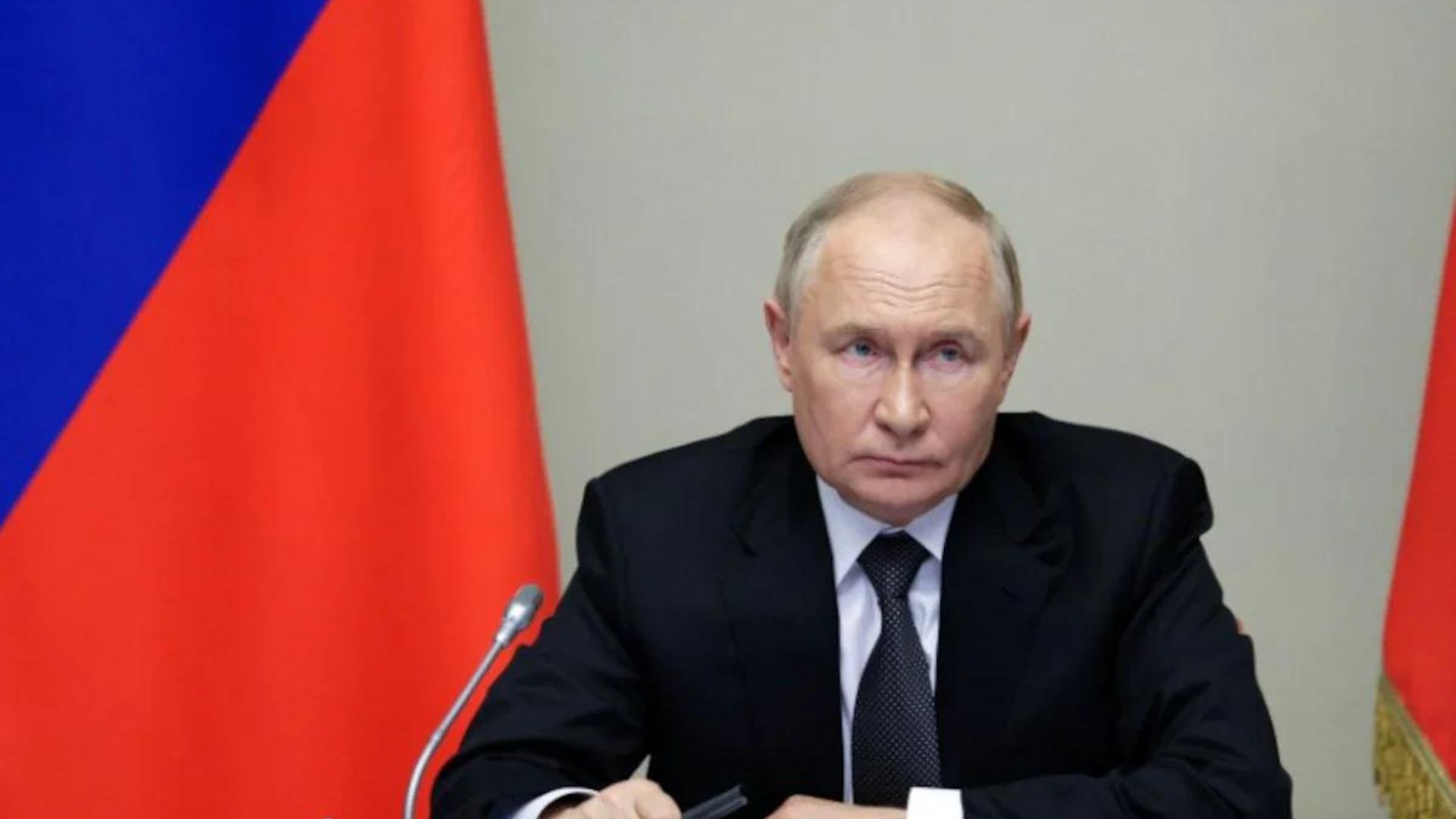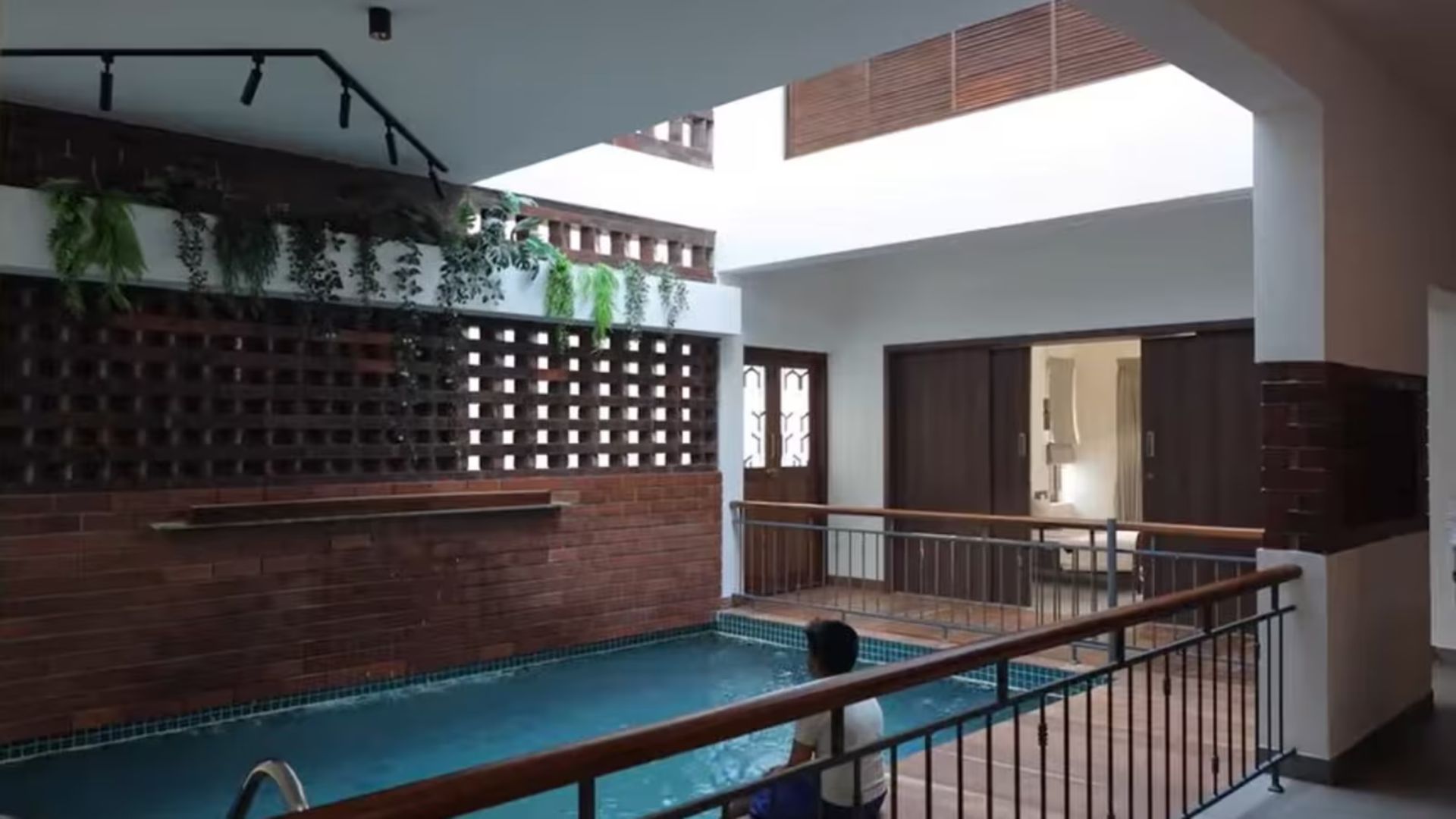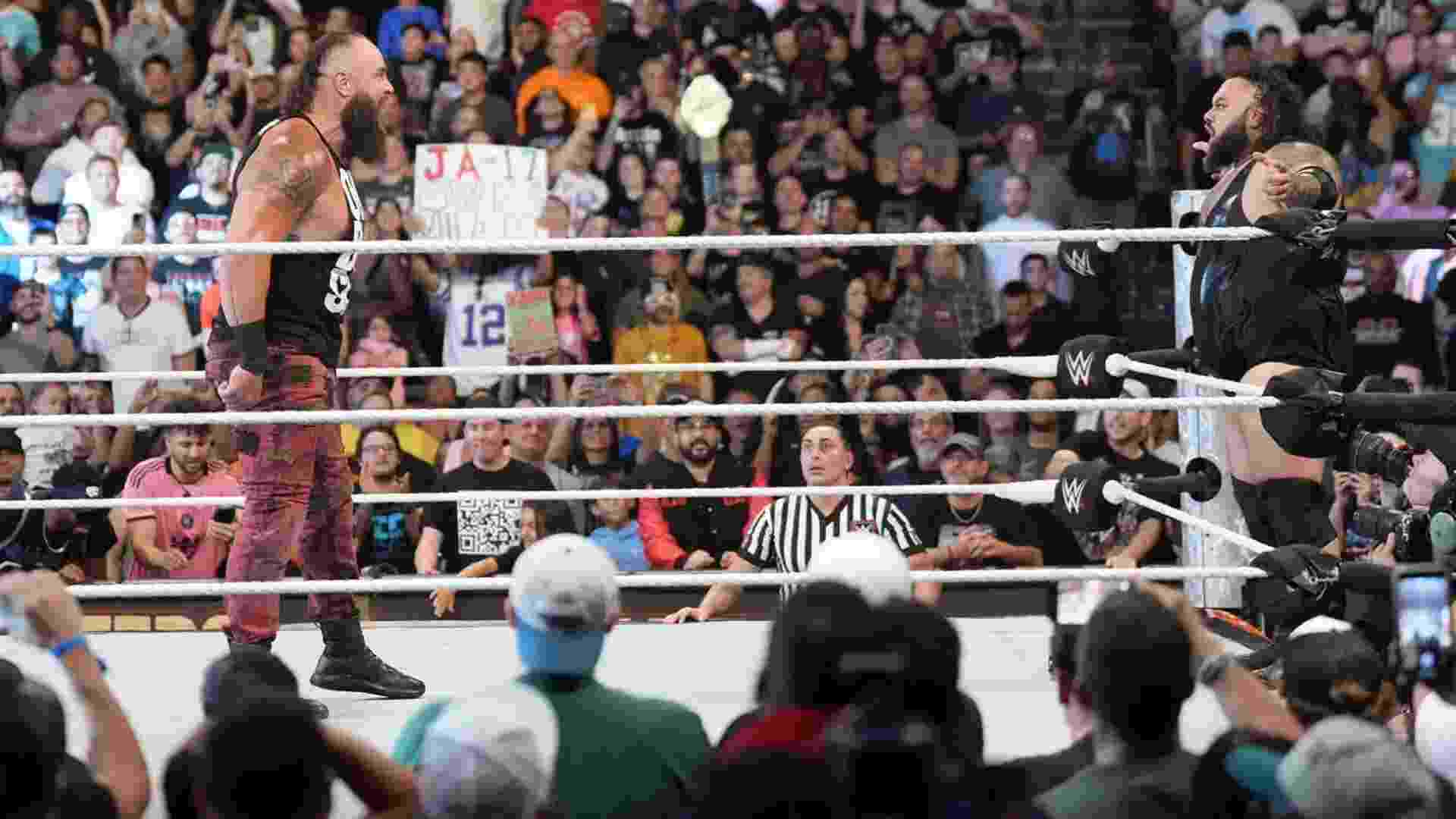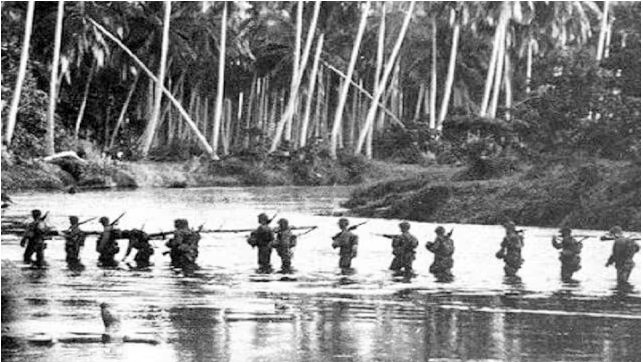
A crisis erupted in Male, the capital of the Maldive Islands in 1988. On the night of 2/3 November 1988, between 300 and 500 armed, Tamil / Sinhala-speaking mercenaries landed in Male harbour by boats from a mother ship and captured key locations. During this attempted coup, President Gayoom went into hiding and, in the early hours of 3 November, sought India’s help and immediate intervention.
During the next 24 hours, the nearest naval ships were diverted to Male at maximum speed, naval reconnaissance aircraft established surveillance over the Maldive Islands. On the night of 3rd /4th, Air Force aircraft landed troops on Male’s airport on Hulule Island. On learning that these troops were headed for Male, the mercenaries hijacked the merchant vessel ‘Progress Light’, taking Maldivian VIP hostages with them, and set course for Sri Lanka. In Male, law and order was restored as soon as Indian troops arrived on the morning of the 4th.
INS Godavari was diverted towards Colombo to embark, by helicopter, the team of negotiators that had been flown from Male to Colombo.
Reconnaissance aircraft shadowed all moving contacts during the night of 3rd /4th. At first light on the morning of the 4th, the aircraft confirmed the detection of Progress Light and homed INS Betwa as soon as it arrived on the night of 4th /5th. INS Godavari who had by then embarked the negotiators from Colombo arrived by midday on the 5th.
Negotiations for the release of the hostages made no progress. The mercenary leader insisted that the Progress Light would proceed only to Colombo and demanded intervention by an international team. The Sri Lankan Government intimated that the rebel ship would not be allowed to enter Sri Lankan waters. The Maldivian Government desired that the Progress Light should not be allowed to proceed to Colombo.
Throughout the 5th, the negotiators were unable to dissuade Progress Light from steaming towards Colombo. On the 6th morning, when Progress Light was 60 miles from Colombo, pressure commenced with small arms fire, followed by air-dropped depth charges ahead of the ship, followed by a gun broadside across the bows. When, despite a final warning, Progress Light still refused to stop, a broadside was fired on the forward cargo section. The ship stopped immediately.
Naval teams boarded the ship and rescued the hostages. Godavari’s helicopter evacuated the injured hostages to the Military Hospital at Trivandrum. The mercenaries were handed over to the authorities at Male. Progress Light, already listing and flooding, capsized on the 7th morning, 56 miles southwest of Colombo.
Assistance Rendered by the Navy in Peacetime
Integral to the Navy’s day to day operations are the myriad facets of the assistance that the Navy provides in peacetime at sea and in the island territories. Together with the Army and the Air Force, the Navy assists in disaster relief operations, particularly in the calamitous cyclones that devastate the coastal areas every year. (Reproduced rom https://www.indiannavy.nic.in/
